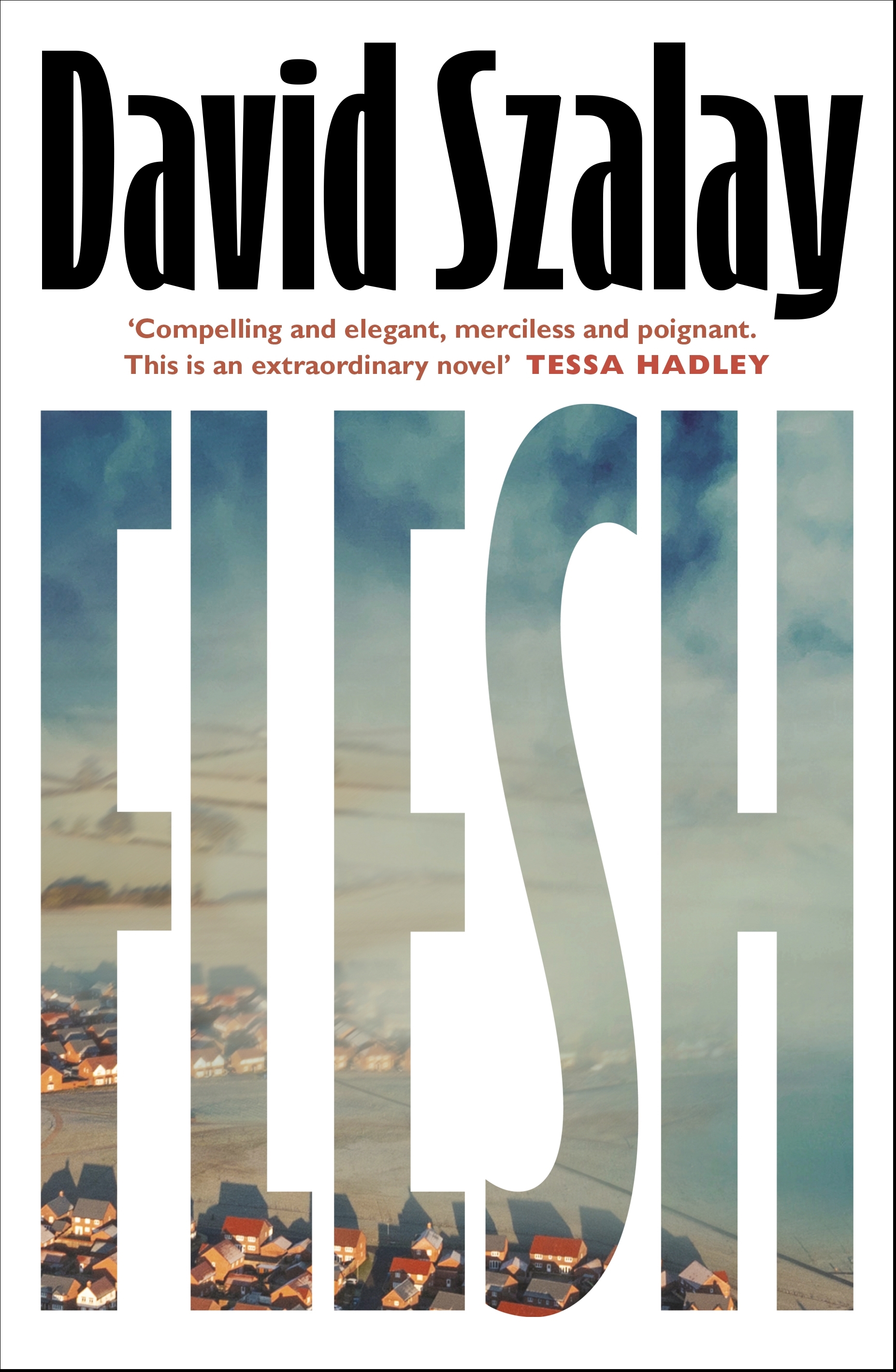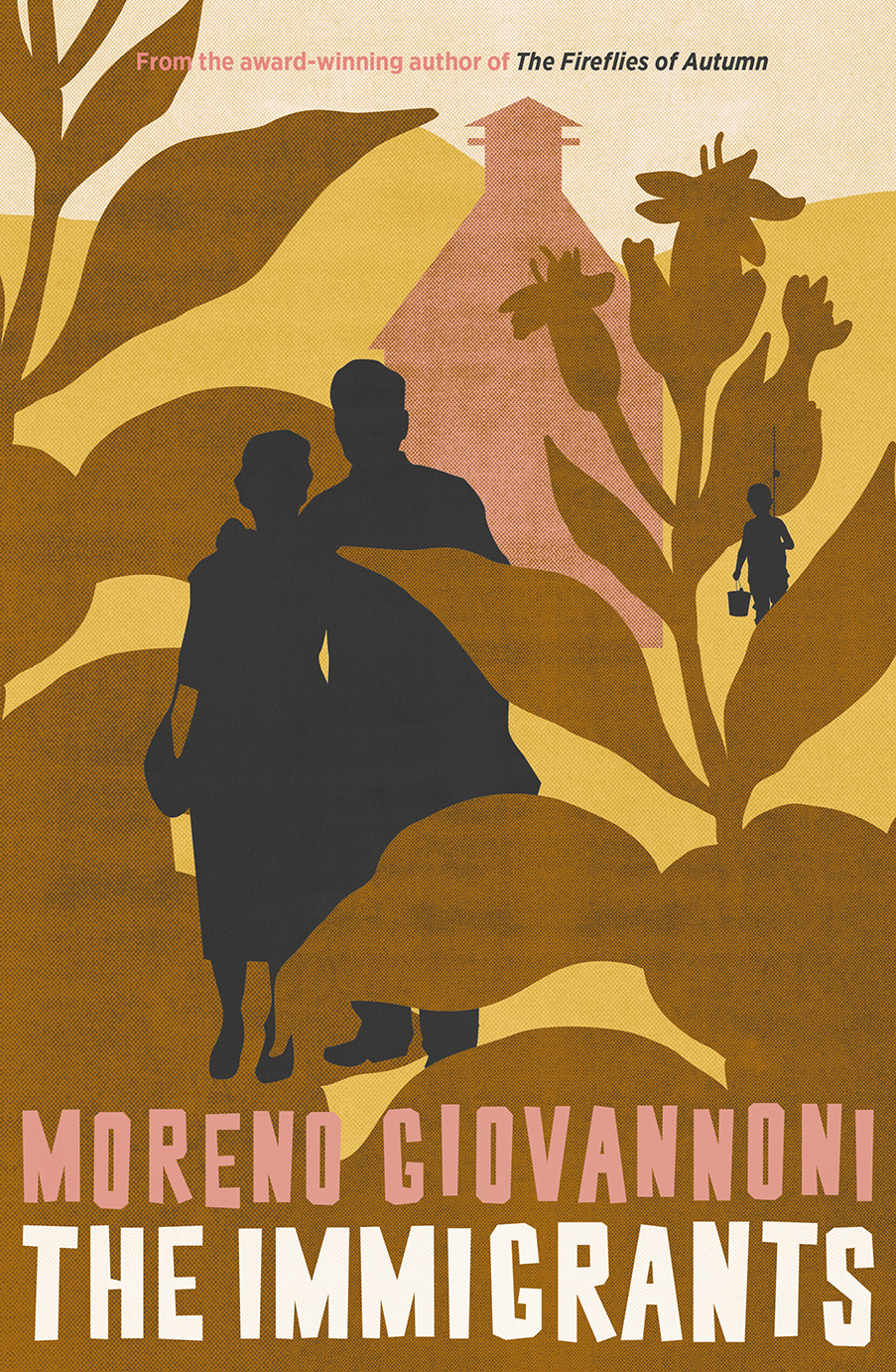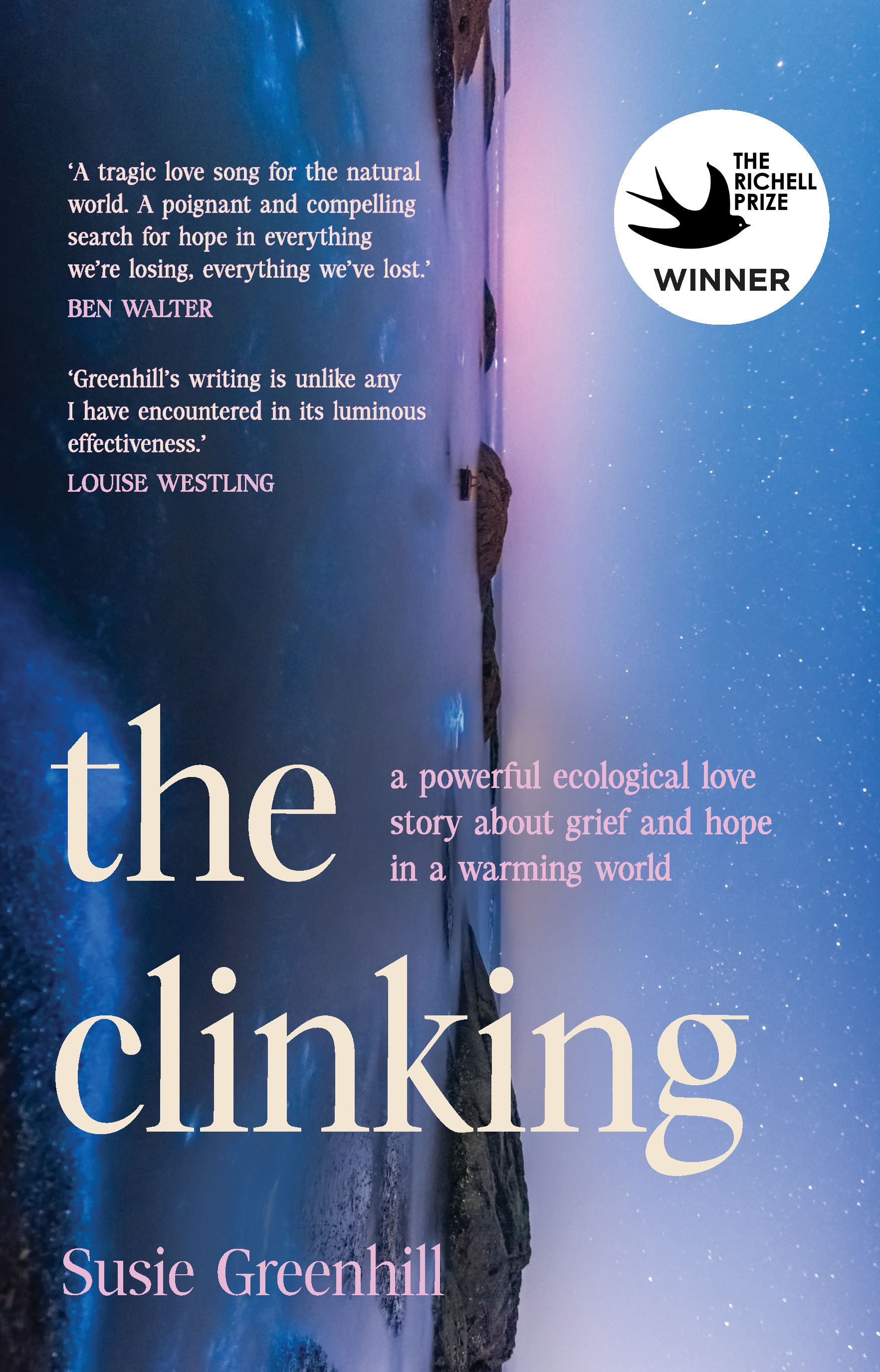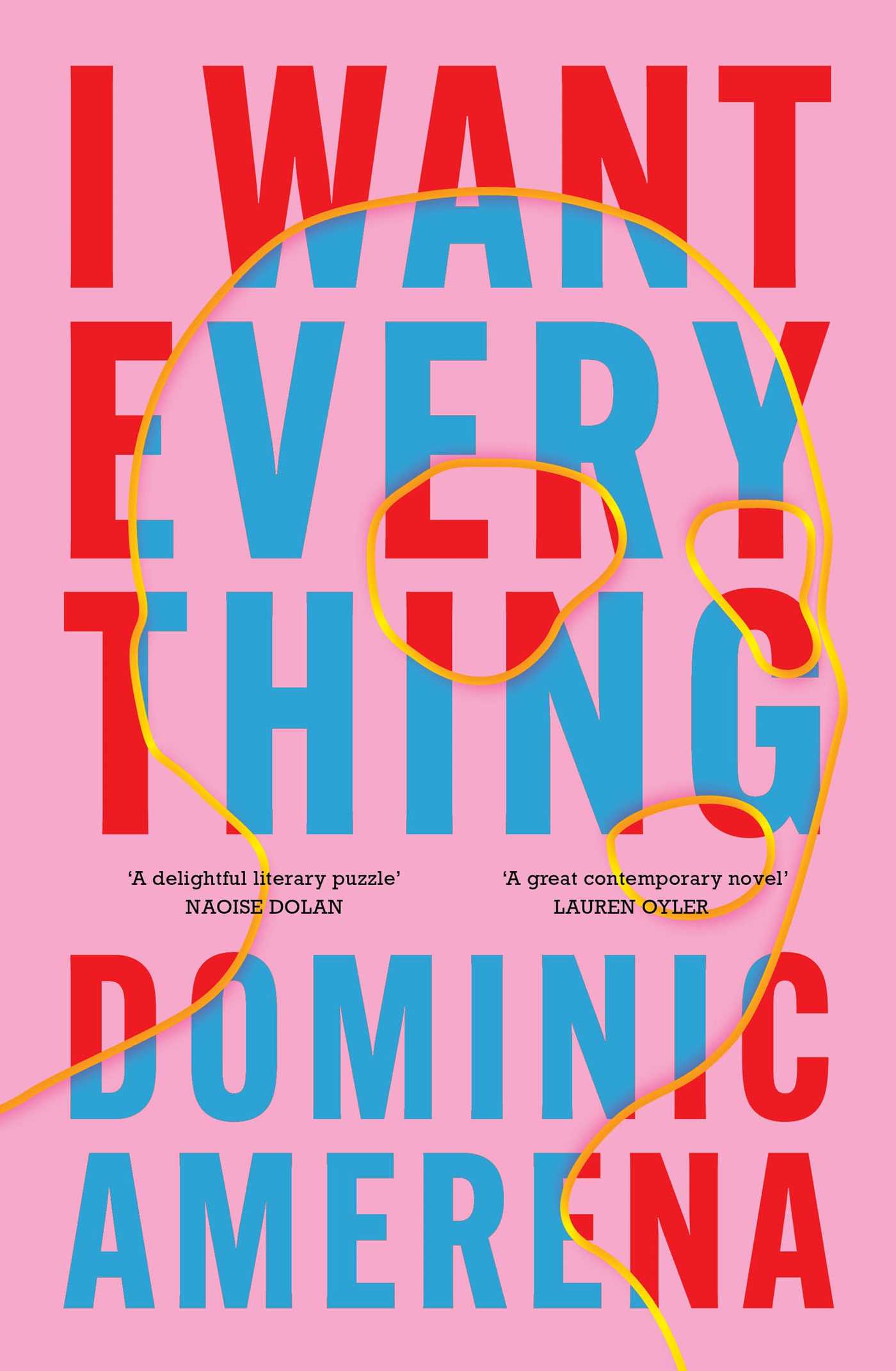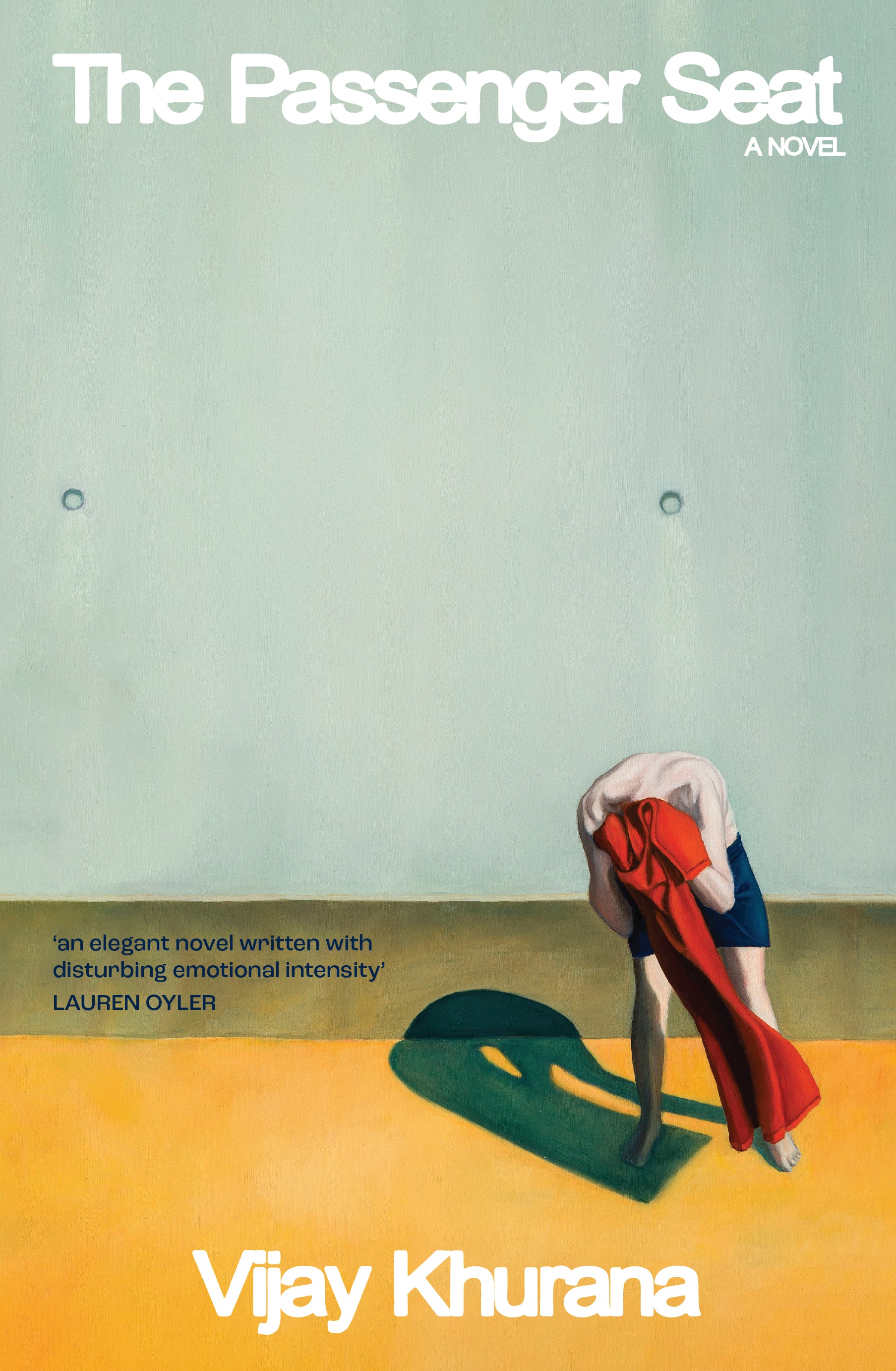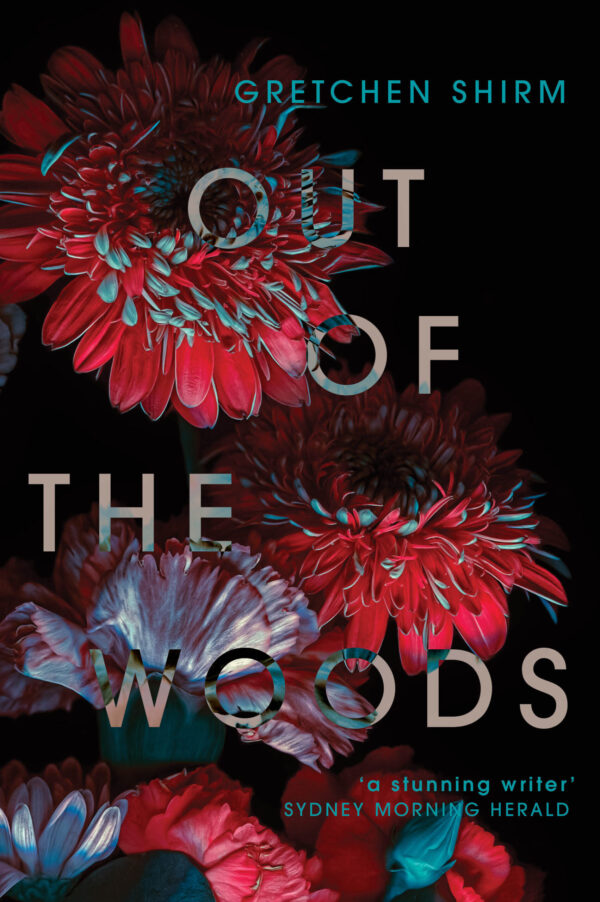Fiction
David Szalay’s characters drift, indifferent and alone, caught in currents of seemingly trivial events that carry them further from comfortable shores. Encounters begin and end without resolution, connections form and dissolve in passing, and only in retrospect, if ever, do scars appear. ‘Are you happy that you’re alive?’ one character asks another in Turbulence (2018), Szalay’s short story collection that circumnavigates the globe via consecutive aviation encounters. The protagonist of each story meets their successor, with ubiquitous woe making Senegalese businessman indistinguishable from Canadian novelist. The twelve travellers crammed into roughly one hundred pages suffer the consequences of globalised relationships, of a single human network in which personal connections are stretched thin and tension ripples far, as their lives are thrown off-kilter by cold gusts of fate. Characters’ sense of their own existence and surroundings is tenuous. One character reflects: ‘It was strange to think that the same people would walk around the same paths tomorrow, without him being there to see them.’
... (read more)The Immigrants: Fabula mirabilis, or, a wonderful story by Moreno Giovannoni
When Moreno Giovannoni, in his first book, The Fireflies of Autumn (2018), produced lines like ‘The Angel of Sadness draped its wings over the village and slept’, it was clear we were dealing with a writer of some poetic sensibility. Indeed, Giovannoni writes about his subjects with such care, tenderness, and gentle humour that it is possible to forget that the life he is depicting was more often than not ‘wretched’. He wrote his first book for two main reasons: to give readers the ‘flavour’ of a place and to depict the ‘travails of migrants’. These are also the reasons for his second book, The Immigrants, in many ways a companion to his first.
... (read more)From whiskey priests and crazed conquistadors to sun-maddened tourists, stories of white exile in South America are staples of Western literature and film. Such tropes are productively complicated in an outstanding début novel by Rachel Morton.
... (read more)Why read a dystopian novel when the present already feels dystopian? In a round-up in The New Yorker of speculative fiction released during the first Trump administration, the historian and critic Jill Lepore criticised the ‘radical pessimism of an unremitting dystopianism … [which] cannot imagine a better future’. Her point was that the genre had become mired in despair and hopelessness; that what had once been a literature of resistance in the age of George Orwell and Aldous Huxley had descended into a ‘fiction of submission’. In her masterful new novel, Salvage (2025), Jennifer Mills offers the antidote that Lepore sought: gleaming speculative fiction with a core of humanism and hope.
... (read more)We meet Matthew Hooton’s narrator Jack as an old man in urban Michigan. Jack has lived his adult life in this mid-western place and has seen the manufacturing boom of the American twentieth century flourish, expand, and collapse. His body struggles with all the mundane realities of old age – a fall that bruises a hip, the struggle to climb out of a car – while he navigates the decline of his beloved wife in a hospice. His mind is elsewhere in time and space, forever captive to the trauma and wonder he lived through as a child in Brazil. He sees imaginary vines trailing the edges of things, searches for papaya at the grocery store, and makes do with Floridian oranges. It is ‘unsettling to live in a nation of plenty’, Jack observes, ‘and yet find oneself constantly seeking substitutes for that which brought the senses alive as a child’. The narrative shifts back and forth along with Jack’s thoughts, focusing largely on his childhood in the 1920s in the bizarre and ultimately doomed settlement founded by Henry Ford in Brazil named Fordlândia. In this outpost of American culture and within Ford’s brand of strict Christian morality, settlers tried and failed to carry out Ford’s dream of cultivating rubber plantations.
... (read more)Defined meteorologically, landfall refers to a storm which strikes land after forming over water. By another definition, it is the first sight of a traveller who, like the aforementioned storm, has spent too long at sea. Both are destination and terminus, so it is unsurprising that the writer who edited The Penguin Book of the Ocean (2010) would pen a novel obsessed with water, and with people crossing it, sheltering from it, or simply trying to stay afloat. The inhabitants of Landfall are already deluged, and another storm is on the way. Beginning on a Monday morning and with a tropical cyclone due by week’s end, time in the novel is running short from the very start.
... (read more)Rising seas, mega fires, drought, melting glaciers, and animal extinctions are not exactly the stuff of fiction in 2025. But these themes are also precisely the domain of fiction that speaks of the climate at this moment in the planet’s history, as Susie Greenhill’s début novel, The Clinking, demonstrates with its tender yet insistent call for us to pay attention to this fragile world.
... (read more)Lying and half-truths. Raging ambition. In the lead-up to another Australian federal election, these traits too often define our political class. But they are also germane to I Want Everything – no, not the autobiography of Elon Musk, but an entertaining début novel from Dominic Amerena, which also happens to be the first title under a new Simon & Schuster imprint, Summit Books Australia.
... (read more)Adam lives with his father. Teddy lives with his parents and a sister. Both are children of broken or fragile relationships, about to enter their senior year of high school. Adam’s father appears to have ‘given up’ on life; he has stopped drinking and succumbed to ‘mute anger’. Adam hasn’t seen his mother in six years, since she left the family, and Teddy resents his mother’s extramarital affair. In both cases, the family home is a source of gloomy unease, with fathers who are incapable of dealing with the realities of their lives.
... (read more)‘Here’s what I think: there are neither major nor minor tragedies’, writes the Bosnian poet Semezdin Mehmedinovic. ‘Tragedies exist. Some can be described. There are others for which every heart is too small.’
... (read more)

